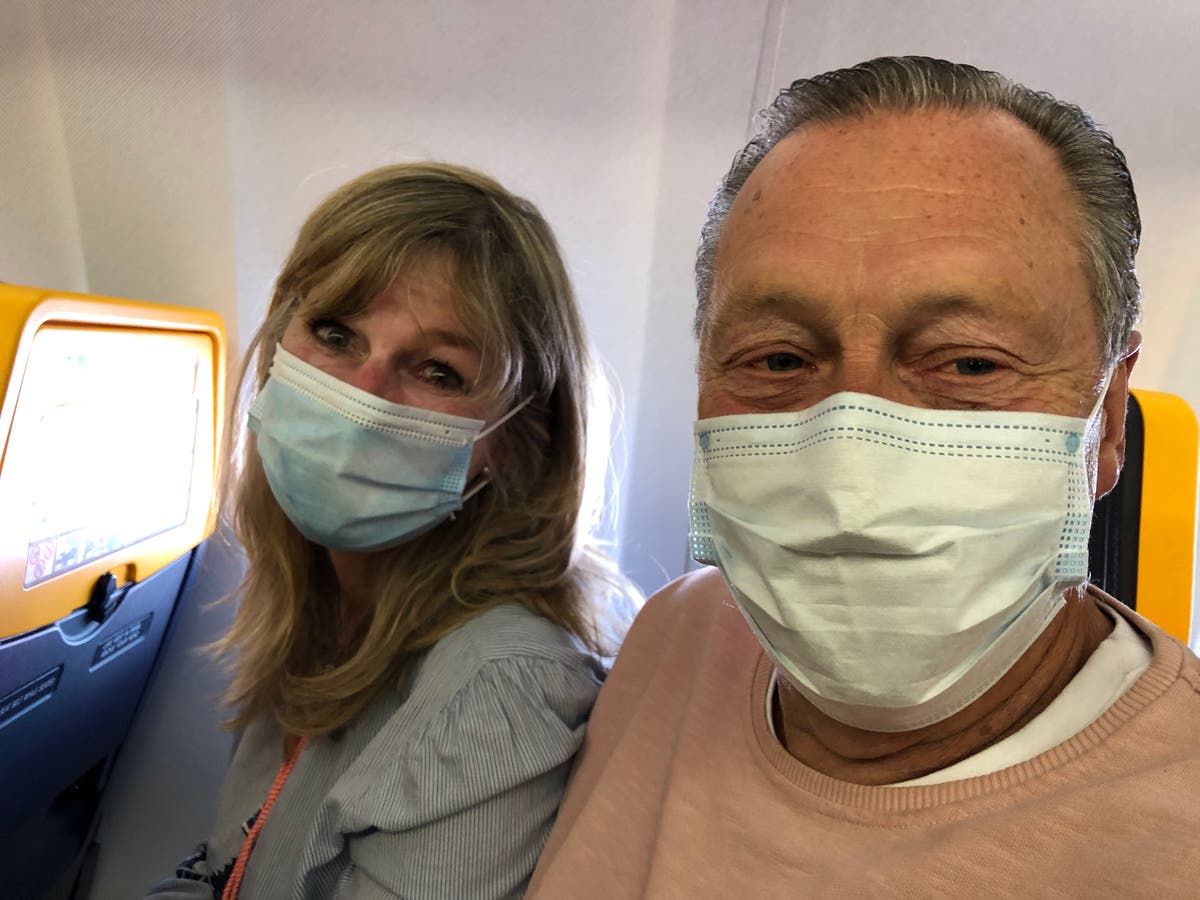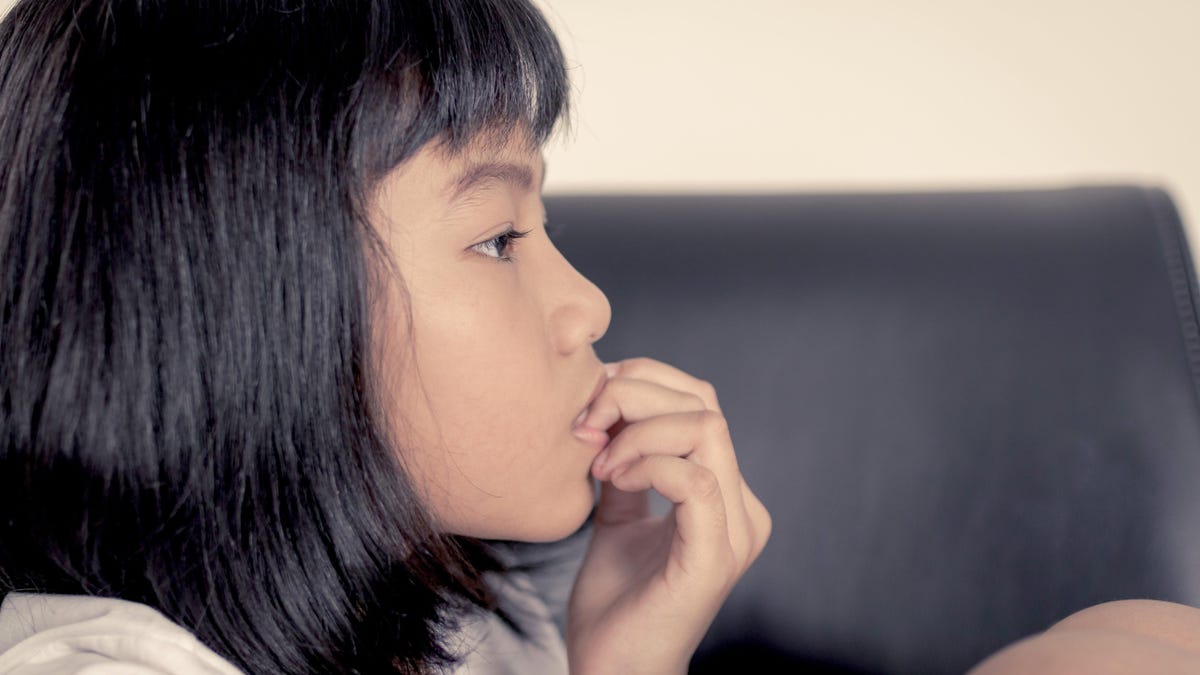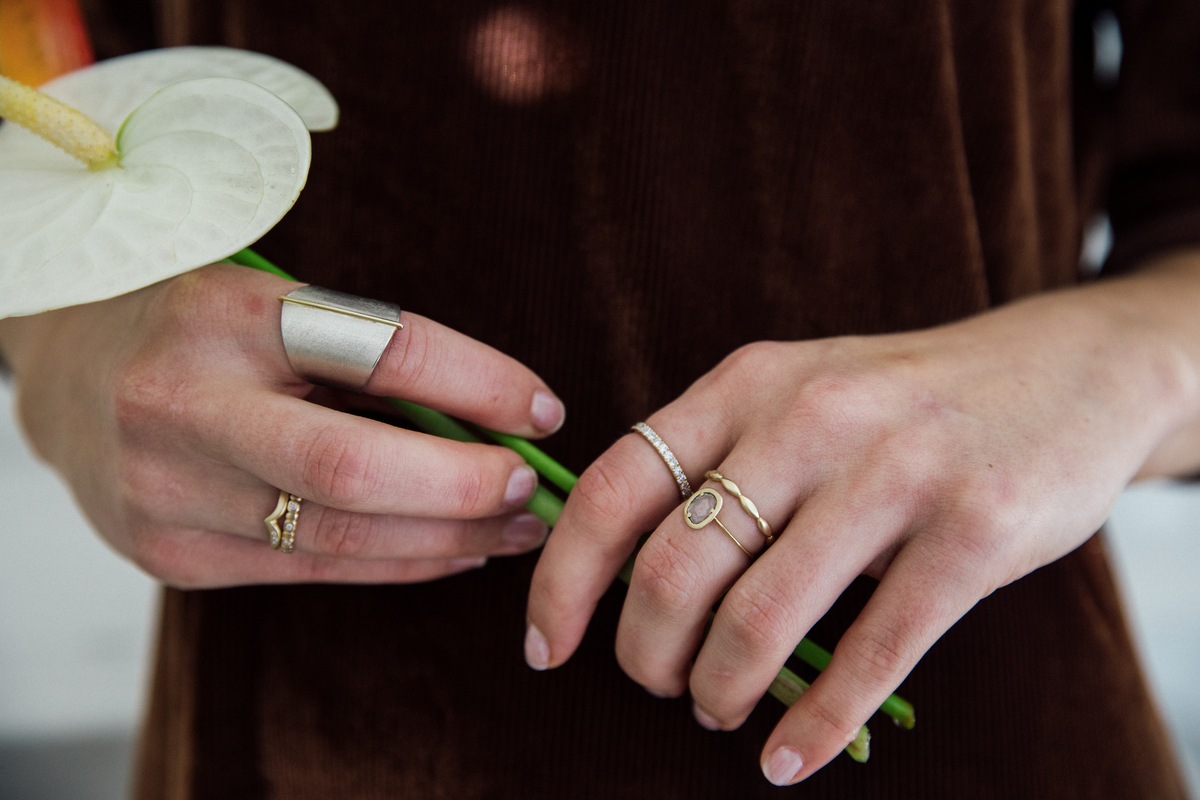How Nurturing Your “Inner Child” Could Unlock Your Best Self
Drop the emotional baggage. The post How Nurturing Your “Inner Child” Could Unlock Your Best Self appeared first on Camille Styles.

Over the past 15 years, I’ve embraced therapy as a cherished privilege, recognizing it as a mental workout that fosters growth and deepens my understanding of my true self. But it wasn’t until recently that I delved into inner child work—a transformative journey I had hesitated to embark upon for years.
My misconceptions and fears surrounding this healing process held me back. Still, the decision to have my own children sparked the realization that healing my inner child was essential to support their emotional well-being and freeing myself from unresolved baggage.
Featured image by Michelle Nash.
1 of 2
Growing up with young parents who were also finding their way often left my emotional needs unmet, making me feel like the responsible adult in the room from a young age. While this upbringing endowed me with commendable qualities, it burdened me with hyper-responsibility, emotional detachment, and susceptibility to chaos-triggered anxiety. Struggling to connect with my children and feeling triggered by everyday situations gave me the impetus to embark on this inner journey.
Ahead, let me shed light on the profound essence of inner child work, unraveling its transformative potential.
What is inner child work?
Psychology Today defines the inner child as the “young person you once were. It (they, he, she) carries your unhealed wounds and unmet needs as well as your spontaneity, joy, and forgotten dreams. You can heal the child by re-parenting it, using your supportive and loving adult self to provide comfort and protection/security.“
Inner child work is a transformative and therapeutic practice centered around healing the wounded aspects of our younger selves.
Through a process of self-discovery and self-nurturing, this powerful method allows us to confront and heal unresolved childhood experiences, cultivating self-awareness, compassion, and emotional resilience. Some signs that you might need healing include:
Emotional reactivity. Uncontrolled bursts of anger, sadness, or fear disproportionate to the situation could indicate unhealed childhood wounds. Unhealthy coping mechanisms. Engaging in self-destructive habits such as substance abuse or avoidance might signify unresolved trauma. Relationship patterns. Repeating negative relationship dynamics or experiencing difficulties with intimacy could be linked to childhood attachment wounds. Low self-esteem. Chronic feelings of inadequacy or a harsh inner critic may stem from unaddressed childhood experiences. Difficulty setting boundaries. Struggling to assert boundaries may result from past experiences of boundary violations. 2 of 2
How to Connect With Your Inner Child
Healing your inner child requires reconnecting with that playful and youthful version of yourself that may seem like a distant memory. While it is natural to mature and grow out of childlike behaviors, channeling them into parenting is a very healthy practice. These are some ways I connect with my inner child:
Inner child meditation. Embrace guided meditation to visualize and comfort your inner child, offering love and support to your younger self. Try this short but powerful guided meditation. Journaling. Write heartfelt letters to your inner child, expressing love, understanding, and encouragement, and respond as your compassionate adult self. If journaling seems like a big step, I love this journal to help jump-start your practice. Creative expression. Engage in art, music, or writing as a means of self-expression, providing a channel for your inner child’s emotions. Play and recreation. Partake in playful activities that ignite joy, nurturing the carefree spirit of your inner child. I go dancing once a month with my girlfriends. I let my hair down and really practice staying in the moment. I’ve also started getting silly with my kids, making funny voices, telling dad jokes, singing loud, and of course, dancing more. While sometimes it feels forced, I know with practice, it will become more natural. Professional guidance. Consider working with a therapist or counselor specialized in inner child work to guide you through the healing process. If you can afford or find the time for a therapist, I’m a big fan of the Selfhealers Soundboard podcast.The Final Takeaway
Embracing inner child work has become an invaluable chapter in my ongoing journey of healing and personal growth. It has allowed me to confront my past, heal emotional wounds, and create a more authentic and fulfilling life. Recognizing the signs that point to the need for healing and actively engaging with our inner child can be transformative, fostering self-compassion and resilience.
As I continue to delve into this profound journey, I invite you to join me in discovering the transformative essence of inner child work. This path leads us to a deeper understanding of ourselves and a brighter future for future generations.

 Koichiko
Koichiko 































